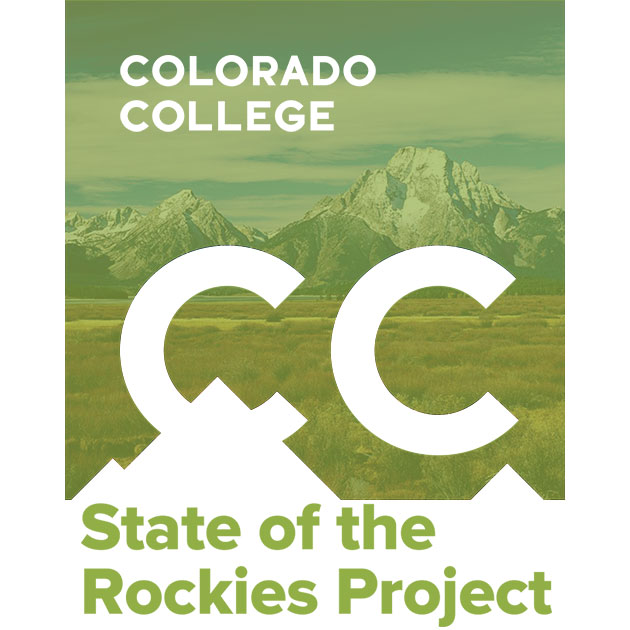Colorado College’s 13th annual State of the Rockies Project Conservation in the West Poll shows strong support for conservation policies among Westerners despite inflation, drought, water shortages, and overcrowding.
The poll, which surveyed the views of voters in eight Mountain West states, including Colorado, Utah, Wyoming, New Mexico, Montana, Nevada, Idaho, and Arizona, found that the majority (70 to 90 percent) support conservation goals like protecting wildlife habitats and migration routes, ensuring healthier forests, preventing light pollution that blocks out stars, and safeguarding drinking water.
Eighty-two percent of Westerners support achieving a national goal of conserving 30 percent of land and inland waters in America, and 30 percent of ocean areas, by the year 2030. Support for that proposal is up nine percent since 2020 while opposition to the goal dropped by five percent during that time.
In order to further conservation, 84 percent of Westerners support presidents continuing to use their ability to designate existing public lands as national monuments to maintain public access and protect the land and wildlife for future generations.
Voters are more concerned than ever about issues that impact Western lifestyles, specifically as it relates to overcrowding in the Mountain West as more people move into the region. As a result, voters are concerned for their way of life, access to adequate drinking water, access to the outdoors, and protecting wildlife.
In Colorado, this is especially important to pollsters.
- 87% describe current shortage of water supplies as a problem
- 88% support requiring local governments to determine whether there is enough water available before approving new residential development projects
- 81% support providing financial incentives to homeowners and business to replace lawns and grassy areas with water-saving landscaping.
The level of concern about the scarcity of water is off the charts, with a majority labeling it a crisis. The Colorado River plays a central role in the water problem. In Colorado, 83 percent of voters believe the river is critical to the state’s economy and 77 percent feel the Colorado River is in need of urgent action.
“This year voters in the West have a lot on their minds, but they are not willing to trade one priority for another,” says Katrina Miller-Stevens, director of the State of the Rockies Project and an associate professor at Colorado College. “High gas prices, increasing costs of living, and water shortage concerns are not enough to move Westerners to reconsider their consistent support for conservation policies or seek out short-sighted solutions that put land and water at risk. In fact, people in the West want to continue our progress to protect more outdoor spaces.”
Voters place more emphasis on preserving public land for conservation and recreation rather than drilling for fossil fuels. They also expressed a need to make sure America directs funding toward access to parks for people of color who‘ve lacked access to the outdoors.
“Latino, Black and indigenous voters care strongly about protecting our environment. When we talk about conservation, we’re talking about our health, the economy, and social justice,” says Maite Arce, president and CEO of Hispanic Access Foundation. “Communities of color are impacted and suffer the most in these areas, especially from the Colorado River crisis. We must acknowledge environmental racism and inequality of access. This poll is confirmation that BIPOC communities are ready to be heard.”
The poll surveyed at least 400 registered voters in each of eight Western states for a total of 3,413-voter sample, which included an over-sample of Black and Native American voters. The survey was conducted between January 5-22, 2023, and the effective margin of error is +2.4%. The full survey and individual state surveys are available on the State of the Rockies webpage.
CC’s Miller-Stevens adds that the State of the Rockies Poll is a tool for the public to gauge citizen attitudes. The data is available to anyone who wants to use it. It is also integrated into classroom discussion on campus, with 13 years of visual comparison data on the website.



